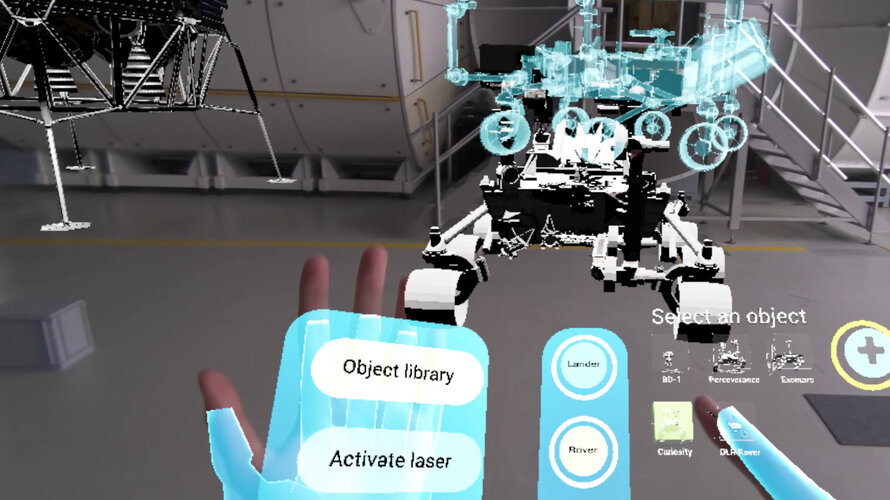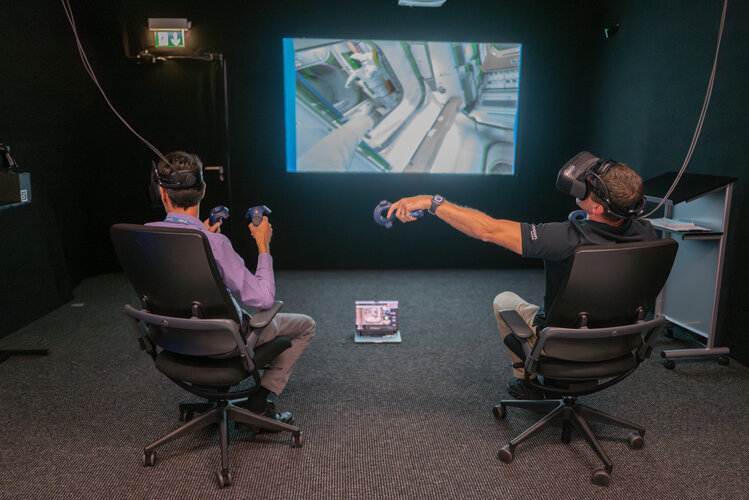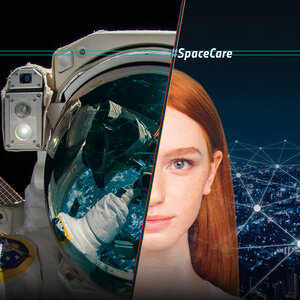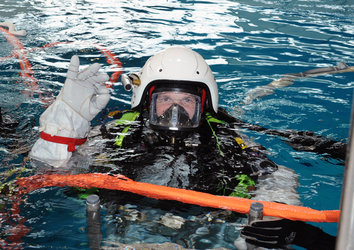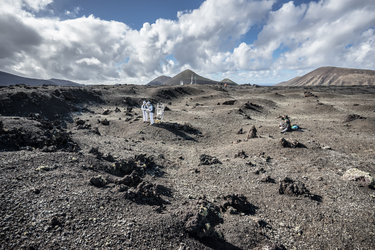Exploring new realities: ESA's XR lab
ESA is currently preparing for space travel beyond Earth's orbit by integrating eXtended Reality (XR) technologies, which encompass Augmented Reality (AR), Virtual Reality (VR), and Mixed Reality (MR).
Established in 2015, ESA's European Astronaut Centre introduced the XR lab to harness the potential of XR technologies for astronauts, instructors, developers, researchers, and operators.
Within the XR lab, a range of VR applications have been developed. These applications are designed to train astronauts in operating the International Space Station's robotic arm, familiarising themselves with the layout of the station, and conducting spacewalks in space or on other planets. Additionally, the XR lab supports a medical training programme as an integral part of the basic medical training provided to ESA astronauts.
Looking ahead to upcoming missions, such as those involving the Lunar Gateway, the XR lab employs VR technology to aid in the design and evaluation of the lunar space station. The lab also recreates lunar landscapes for robotic missions and outreach endeavours and brings to life architectural renderings of future construction projects.
In the future, the XR lab will also study technologies like vibrotactiles and exoskeletal devices to enhance training, as well as virtual rover operations and MR telemedicine support for astronaut flight surgeons.















 Germany
Germany
 Austria
Austria
 Belgium
Belgium
 Denmark
Denmark
 Spain
Spain
 Estonia
Estonia
 Finland
Finland
 France
France
 Greece
Greece
 Hungary
Hungary
 Ireland
Ireland
 Italy
Italy
 Luxembourg
Luxembourg
 Norway
Norway
 The Netherlands
The Netherlands
 Poland
Poland
 Portugal
Portugal
 Czechia
Czechia
 Romania
Romania
 United Kingdom
United Kingdom
 Slovenia
Slovenia
 Sweden
Sweden
 Switzerland
Switzerland


































